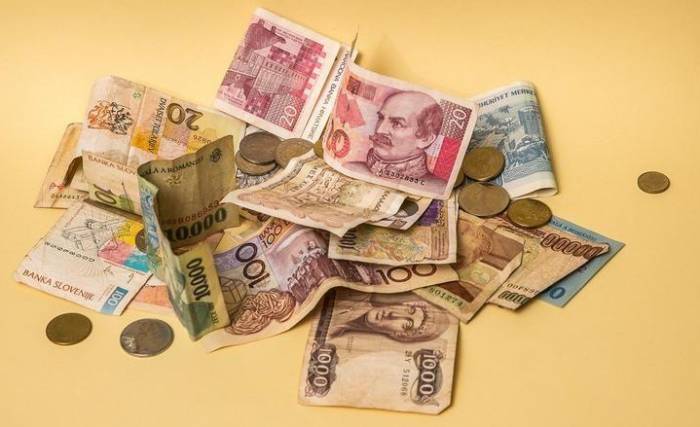Translation in English: The Chinese Yuan plunges below 6.92! Two major oil-produ
Entering February, the Chinese yuan experienced an unexpected significant devaluation, with the maximum drop exceeding 2,200 pips. However, at the same time, there has been a continuous stream of positive news for the yuan, which has effectively capped its downside.
The top two oil-producing countries in the Middle East have successively announced that they will use the yuan in future trade, and capital from the Middle East is actively buying Chinese assets. Is the dollar's ambition still achievable?
01. Dollar Interest Rate Hikes
During this period, the Federal Reserve has either hinted or explicitly indicated to the market that it will further raise interest rates and continue to increase the terminal rate, and it may even restore the rate hike to 50 basis points in March.
It appears that the Federal Reserve has succeeded in raising the US dollar index, thereby suppressing the currencies of other countries. Currently, the US dollar index has risen again to 104.6, the highest since early January.
On the other hand, the exchange rate of the yuan against the dollar has noticeably depreciated during this period, breaking below 6.92 today. Out of the five trading days this week, only Monday saw an increase, with all four subsequent trading days experiencing declines.
As of now, within this week, the offshore exchange rate of the yuan against the dollar has fallen by more than 500 pips, and the same 500-pip drop was also recorded in the previous week.
The yuan's exchange rate has fallen for four consecutive weeks, with a cumulative devaluation of 2,200 pips.From the chart above, it can be observed that the decline in April of last year was quite rapid; following that, the subsequent drop after mid-August lasted for more than two months, with the Chinese yuan's exchange rate hitting its lowest point at 7.37 by the end of October.
The current trend somewhat resembles the decline in August, so will this wave of depreciation break through the 7.0 mark again?
02, Renminbi Settlement
The international status of the renminbi is continuously strengthening, a fact that is beyond doubt, and an increasing amount of information is providing ample evidence for this.
A few days ago, the Central Bank of Iraq announced that it will begin using the renminbi for bilateral trade settlements, which naturally includes trade in oil, marking another significant breakthrough.
In the past, the US dollar was the primary settlement currency for Iraq's trade, but now it is the first time that the renminbi is being used for trade settlements.
As early as last December, the first renminbi settlement transaction appeared in the trade between Saudi Arabia and China.
So far, Saudi Arabia, the largest oil-producing country in the Gulf region, and Iraq, the second-largest, have both started or planned to start using the renminbi to complete trade settlements.
Undoubtedly, the status of the renminbi is rising higher and higher.
On the other hand, according to information disclosed by Bank of America Securities, the investment intentions obtained by the investment bank from Middle Eastern investors indicate that Middle Eastern financial groups are increasingly inclined to make medium to long-term investments in the mainland Chinese market.Sovereign wealth funds in the Middle East have also established specialized teams to serve the investment in the Chinese market.
It is evident that Middle Eastern capital is actively and swiftly acquiring Chinese assets.
03, Rebound on the Horizon
From this, it can be seen that the Chinese yuan may still face a decline in the short term, but the chance of reaching a new low is extremely slim.
There are still half a month until the Federal Reserve's meeting in March. This period should be a time of significant financial market volatility. However, once the Federal Reserve meeting is held and the interest rate hike is determined, whether it is a 25 basis point increase or a 50 basis point increase, it is believed that the market will stabilize instead, and the yuan is very likely to experience a significant rebound.

Looking back at the past period, we found that the yuan's exchange rate began to rise in November. After the yuan started to rise, the Federal Reserve has raised interest rates three times in succession, with a total increase of 150 basis points. Even with the largest single increase of 150 basis points, the yuan still saw a significant rise, with a 2900 point increase in November.
This time, the decline exceeded 2000 points, simply because the Federal Reserve's actions were unexpected.
Previously, the market was overly optimistic, believing that inflation had been controlled and that the Federal Reserve would soon stop raising interest rates. However, current U.S. economic data suggests that inflation is very likely to climb again, and the Federal Reserve's interest rate hikes will not cease. Therefore, the current market fluctuations are an adjustment to future expectations, which is a normal reaction, albeit possibly an overreaction.
Post Comment